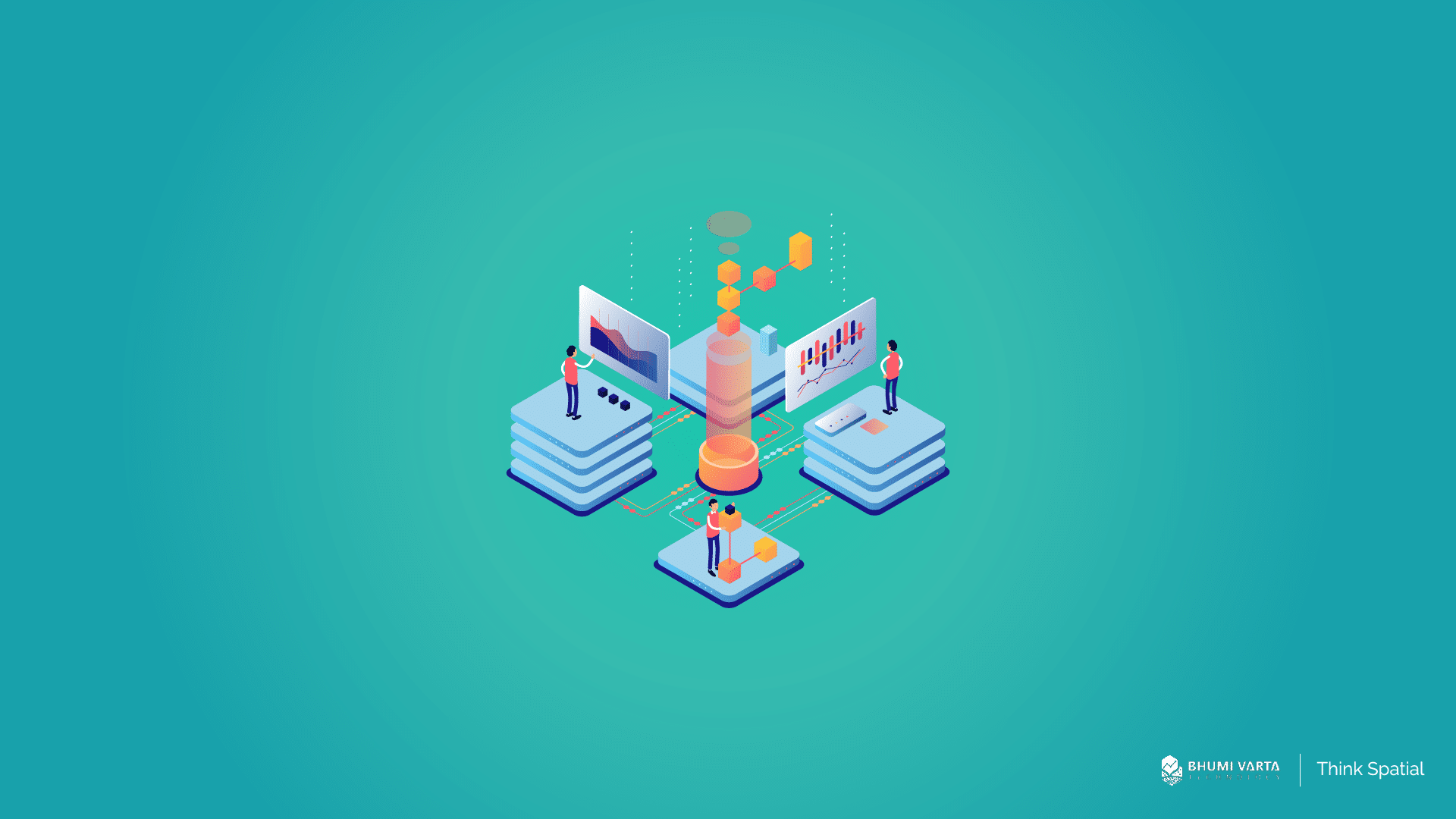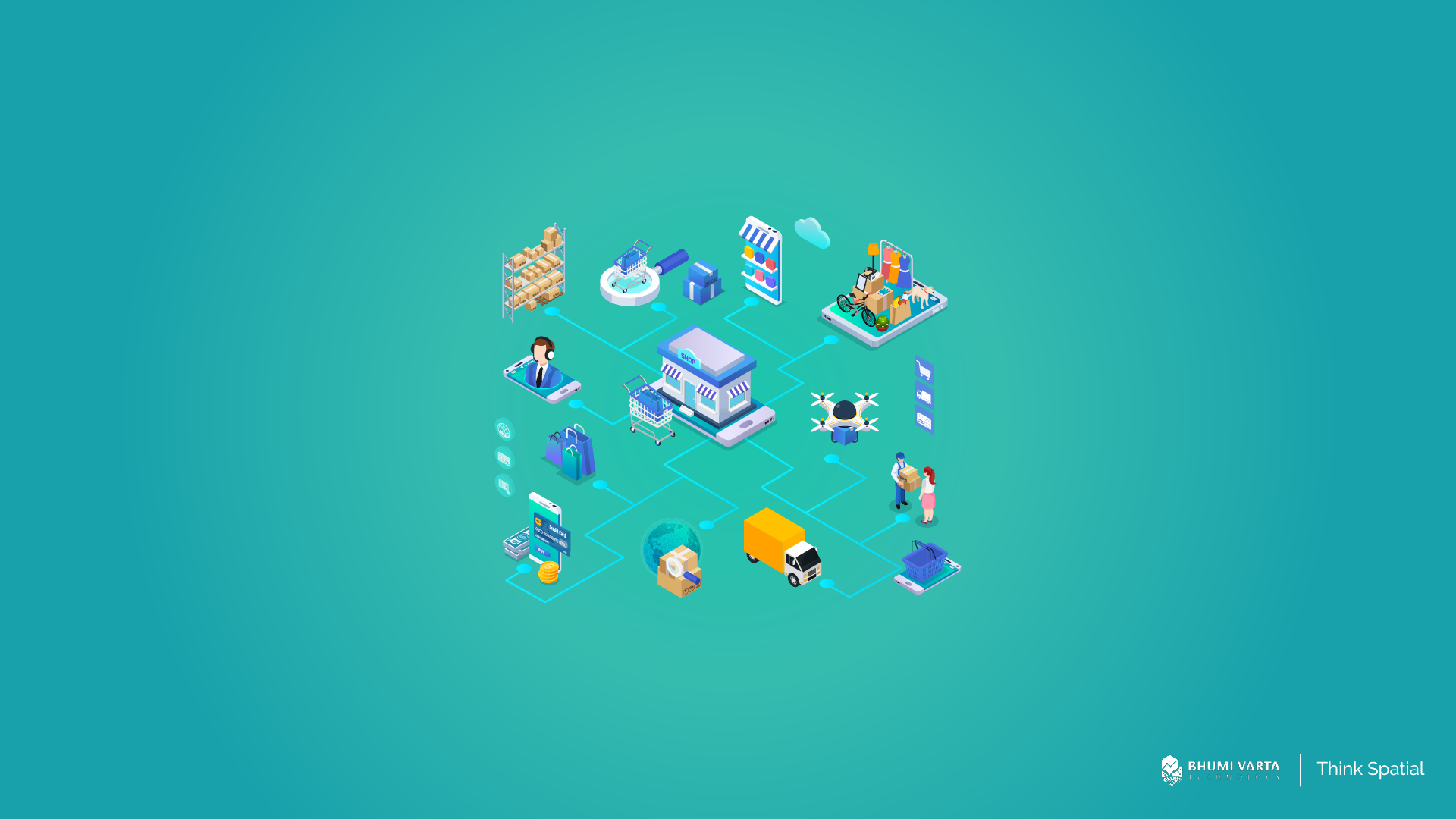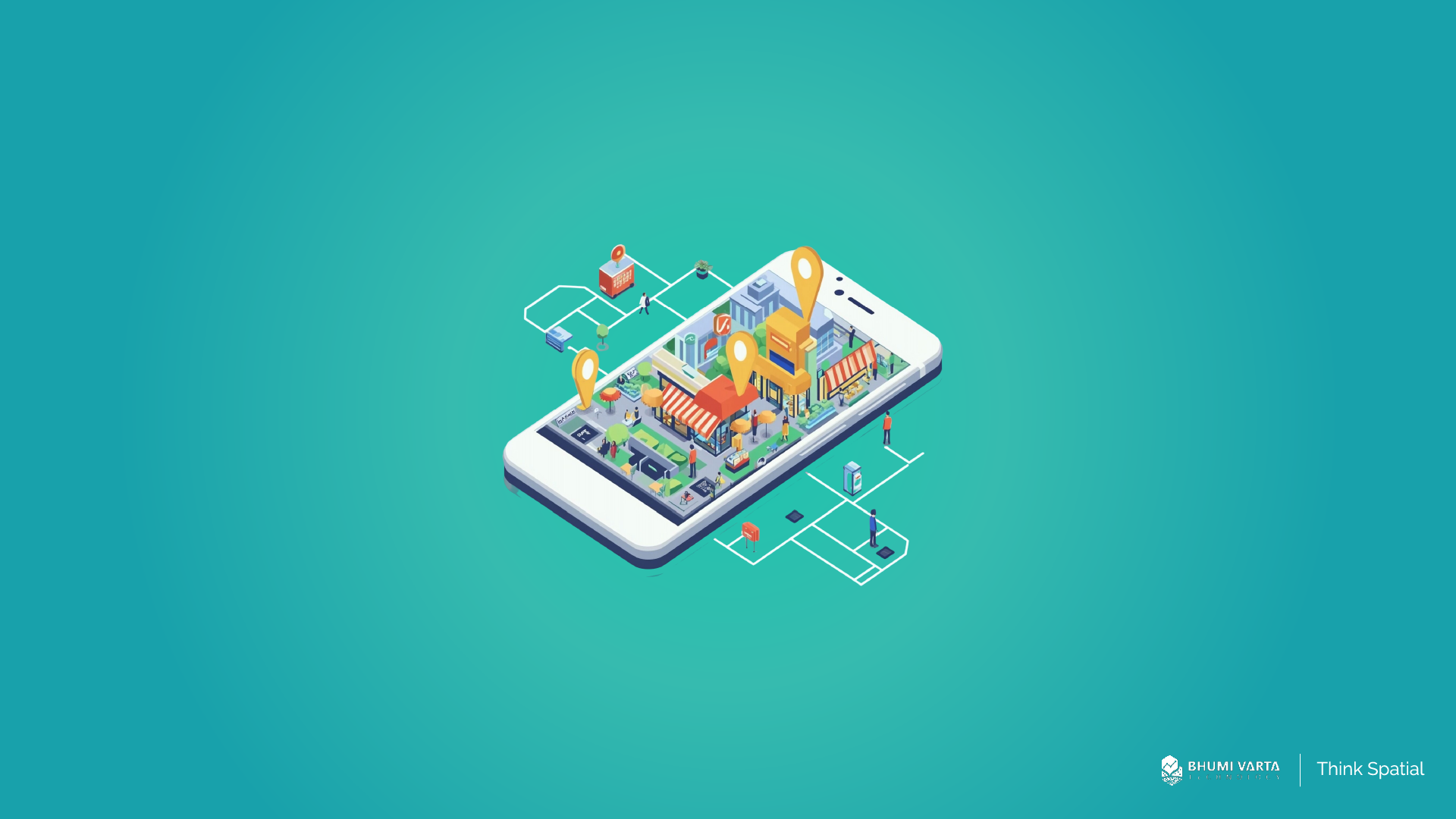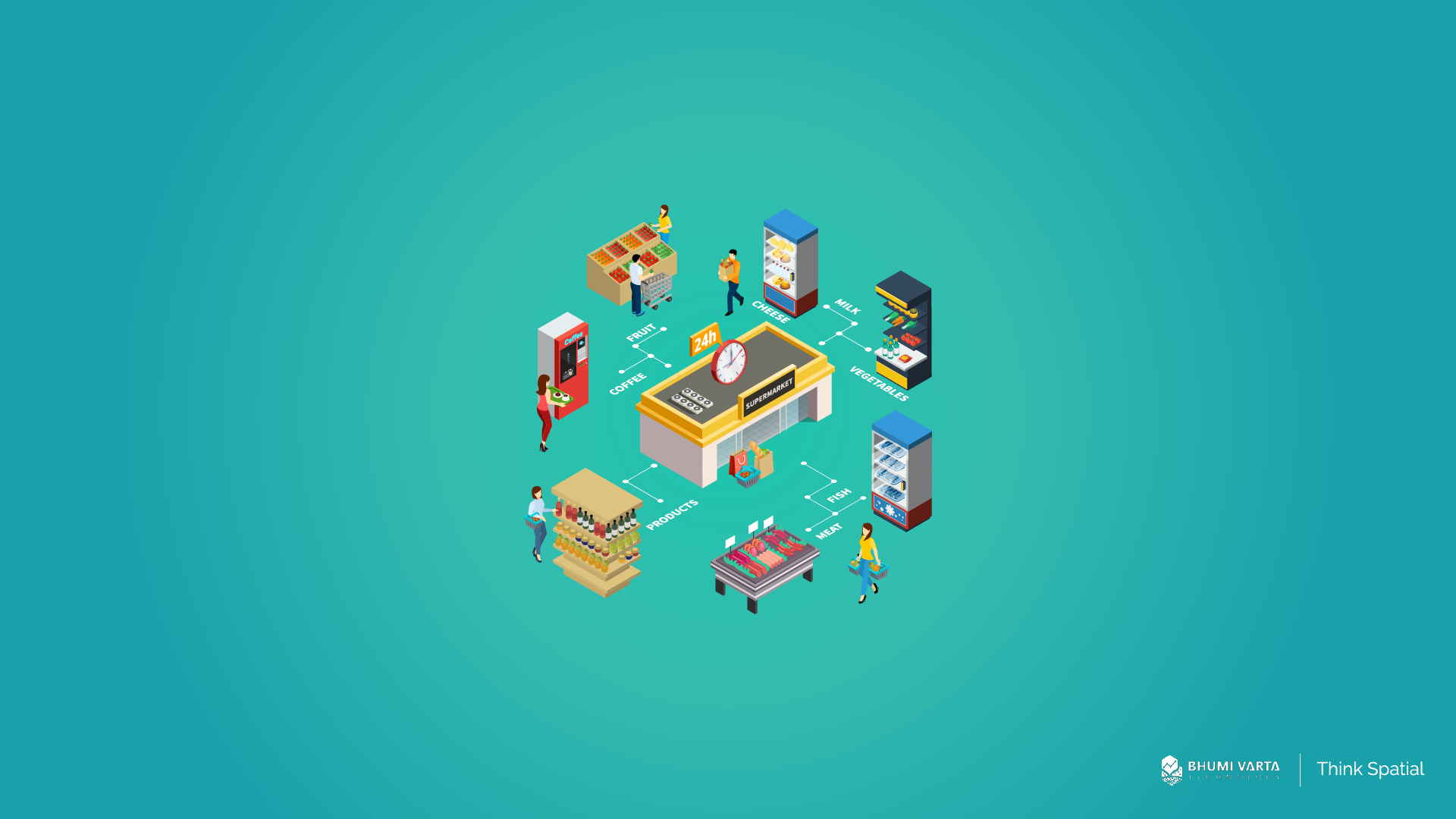Data is everything! Businesses use it for all sorts of needs. The more data you have, the more accurate your analysis will be. But data is often scattered across different sources. That’s why businesses need to collect data to process various types of information and turn it into valuable insights.
In this article, we’ll dive deep into data collection—what it is and the different ways to do it!
Contents
What is Data Collection?
Data collection is the process of gathering, organizing, and analyzing information from different sources to answer questions, solve problems, and spot trends or opportunities.
It’s the first and most important step in research, business analysis, and decision-making. In a business setting, data collection happens at different levels and involves multiple teams, depending on their needs.
For example, at the operational level, IT systems automatically record data from daily business activities like sales transactions, customer details, and employee performance.
Meanwhile, data scientists or business analysts handle more complex data to get deeper insights. They don’t just rely on internal company data—they often combine it with external sources for a broader perspective.
5 Methods to Collect Data
In business, there are many ways to gather data, depending on what information you need and how you plan to use it. Here are five common methods businesses use to collect data:
Observation
The first way to collect data is through observation—simply watching and noting behaviors, activities, or objects to gather information.
This method is commonly used in qualitative research, especially to understand habits, behavior patterns, or interactions. For example, in retail, businesses can observe how long customers spend in front of a specific shelf.
To make the observation process more structured, businesses can use a checklist with key points to track. This helps ensure that all important details are recorded properly.
Survey
Another common method of data collection is a survey, which involves gathering information directly from respondents by asking them to answer a series of written questions. This method is often used to understand customer opinions, preferences, experiences, or behaviors related to a specific product, service, or research topic.
Businesses frequently use surveys to collect customer feedback on the quality of their products or services. For example, a company may conduct a survey to assess customer satisfaction with its product.
To achieve this, they can create a list of questions covering aspects such as product quality, pricing, ease of use, desired features, and any suggestions or criticisms that could help improve the product.
Focus Group Discussion
This method is used to gather information directly from users of a product developed by a business. It focuses on capturing users’ emotions, opinions, and personal experiences when interacting with a product or service.
By understanding how customers truly feel about a product, businesses can gain deeper insights for product development and quality improvement. To ensure the discussion remains effective and on track, businesses should prepare a script or a set of guiding questions for the moderator.
Interview
An interview is a way to collect data by talking directly with participants to get in-depth information.
In this method, the interviewer asks questions, and participants respond based on their experiences and opinions about the topic.
One big advantage of interviews is flexibility. Unlike surveys with fixed questions, interviews let the interviewer dig deeper, adjust questions as needed, and even pick up on the participant’s emotions and expressions.
Before the interview starts, the interviewer usually shares a list of questions with the participant. This helps them feel more comfortable and gives them time to prepare better answers.
User Testing
The last method businesses can use to collect data is user testing. This involves observing and analyzing how people interact with a product during or after development.
User testing is super useful for checking how easy a product is to use, spotting any issues users face, and figuring out what needs improvement to make the experience better.
If a business wants to see which parts of a product are confusing or difficult to use, user testing is usually done during the development phase to catch and fix those problems early.
Find Complete Location Data at LOKASI Intelligence
LOKASI Intelligence is a geospatial analytics platform that integrates location intelligence with a comprehensive collection of location data. This data helps businesses make more accurate, location-based decisions.
LOKASI offers various types of data, including demographic data, data from the Central Statistics Agency (BPS), people traffic data, disaster data, socio-economic status data, land value data, point of interest (POI) data, and other relevant location-based information.
With these insights, businesses can better understand consumer behavior, population movement, potential disaster risks, the economic conditions of an area, property values, and the availability of strategic locations that support business growth.
All of this data can be used to enhance ongoing research, provide deeper insights into a location, and help identify business opportunities more effectively.
Learn more about how LOKASI Intelligence can support your business by contacting us at:
Email: [email protected], or WhatsApp: 087779077750
FAQ
What are the methods of data collection?
There are five main data collection methods: observation, surveys, focus group discussions, interviews, and user testing.
What are the tools used for research data collection?
There are four commonly used research data collection tools: observation, surveys, focus group discussions, and interviews.
What is the data collection process?
The data collection process involves gathering and compiling relevant data to identify opportunities, analyze trends, or find solutions to existing challenges.



